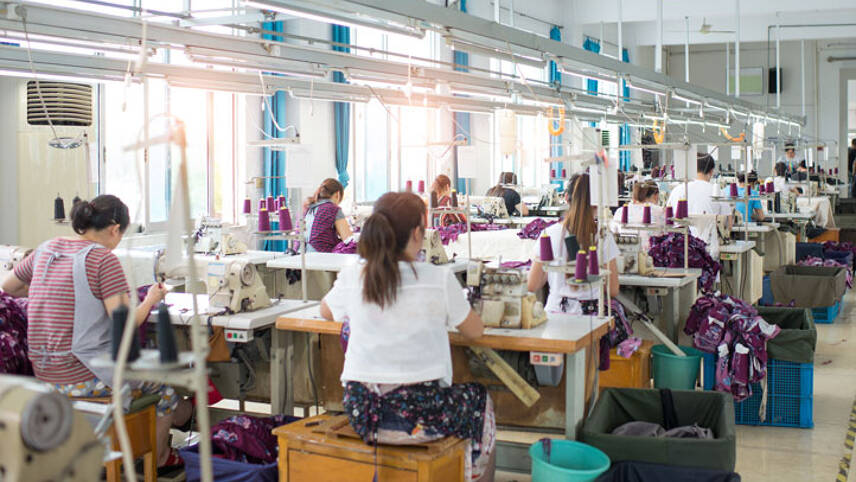Register for free and continue reading
Join our growing army of changemakers and get unlimited access to our premium content

Planet Tracker is urging financial institutions to include water risk in investment decisions.
That is according to a new report from Cornell University’s Global Labour Institute (GLI) and Schroders.
In creating the report, researchers assessed the climate-related vulnerability of infrastructure in these four major apparel-exporting nations. They looked at evidence to date of the impact of extreme weather events made more likely and intense by global heating, including flooding and heat waves, as well as projecting out the likely frequency and intensity of these events in 2030.
The findings serve as a clear warning that fashion supply chains are not being adequately prepared for physical climate risks. The report concludes that the four nations will lose up to $65bn in export earnings in 2030 – equivalent to almost a quarter of their current annual export earnings.
This will have a knock-on effect for multinationals selling these products. Looking at one unnamed brand in isolation, the report forecasts a 5% drop in group operating profits between 2020 and 2030, solely due to climate risk at the factory level.
The report also looks at a scenario where little, beyond policy measures already announced, is done to cap the global temperature increase. In this scenario, export earnings could be more than 68% lower in 2050 than in 2020.
Worker impacts
Earning losses for suppliers will result from an inability to keep producing garments, shoes and other fashion products at the same pace. Factories can be shut for days or weeks in a flood and, even if open, workers may have difficulty accessing their workplace if roads are blocked or otherwise unsafe.
Heatwaves have been proven to reduce staff productivity in factories. The general public is more likely to suffer from heat stress, heat stroke and dehydration. To help prevent these issues, some localities mandate that workers must split their time equally between work and rest.
Beyond the four nations included in the dollar-figure calculation, the report also documents similar risks in dozens of other apparel production hubs in the Global South including Port Louis in Mauritius, Bangkok in Thailand and the Donguuan-Guangdong-Shenzen regions of China.
Call to action
The report emphasises that these issues will likely crystallise in significant financial risk for brands sooner than they are expecting. It explains how risks will grow larger through to 2050 without dramatic, collaborative action, which brands should take part in.
The GLI’s executive director Jason Judd said: “Flooding and extreme heat pose a significant risk to every constituency in global apparel production — workers, manufacturers, regulators, investor and brands themselves.
“Life, let alone work, will become very difficult in these and many other hotspots that apparel brands and retailers depend on for production.
“But no one is factoring the on-the-ground costs of climate breakdown into their planning. The apparel industry and regulators have mostly framed their climate responses around mitigation issues—emissions, water usage, and recycled fabrics.”
The GLI is advocating for brands and retailers to increase investment in climate adaptation in their supply chains and to accelerate efforts to safeguard worker rights and wellbeing. It is also keen to see nations mandate this kind of work from large corporates.


Please login or Register to leave a comment.